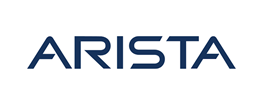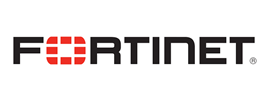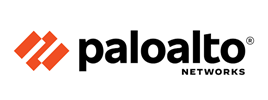- Course overview
- Course details
- Prerequisites
Course overview
About this course
Red Hat OpenShift Administration I: Managing Containers and Kubernetes (DO180) prepares OpenShift cluster administrators to manage Kubernetes workloads and to collaborate with developers, DevOps engineers, system administrators, and SREs to ensure the availability of application workloads. This course focuses on managing typical end-user applications that are often accessible from a web or mobile UI and that represent most cloud-native and containerized workloads. Managing applications also includes deploying and updating their dependencies, such as databases, messaging, and authentication systems.
The skills that you learn in this course apply to all versions of OpenShift, including Red Hat OpenShift on AWS (ROSA), Azure Red Hat OpenShift, and OpenShift Container Platform.
This course is based on Red Hat OpenShift 4.14.
Audience profile
- Primary: Platform Engineers, System Administrators, Cloud Administrators, and other infrastructure-related IT roles who are responsible for tier-1 support of infrastructure for applications.who are interested in managing OpenShift clusters and containerized applications.
- Secondary: Enterprise Architects, Site Reliability Engineers, DevOps Engineers, and other application-related IT roles who are responsible for designing infrastructure for applications.
- Developers and Site Reliability Engineers that are new to container technology should enroll in Red Hat OpenShift Development I: Introduction to Containers with Podman (DO188).
At course completion
You will be able to:
- As a result of attending this course, students will understand the architecture of Red Hat OpenShift clusters and of Kubernetes applications, and will be able to deploy, manage, and troubleshoot applications on OpenShift. Students will also be able to identify and escalate application and infrastructure issues to development teams, operation teams, and IT vendors.
Course details
Introduction to Kubernetes and OpenShift
Identify the main Kubernetes cluster services and OpenShift platform services, and monitor them from the web console.
Kubernetes and OpenShift Command-Line Interfaces and APIs
Access an OpenShift cluster from the command line, and query its Kubernetes API resources to assess the health of a cluster.
Run Applications as Containers and Pods
Run and troubleshoot containerized applications as unmanaged Kubernetes pods.
Deploy Managed and Networked Applications on Kubernetes
Deploy applications and expose them to network access from inside and outside a Kubernetes cluster.
Manage Storage for Application Configuration and Data
Externalize application configurations in Kubernetes resources, and provision storage volumes for persistent data files.
Configure Applications for Reliability
Configure applications to work with Kubernetes for high availability and resilience.
Manage Application Updates
Manage reproducible application updates and rollbacks of code and configurations.
Prerequisites
- Containers, Kubernetes and Red Hat OpenShift Technical Overview (DO080) or equivalent knowledge of Linux containers.
- Getting Started with Linux Fundamentals (RH104) or equivalent proficiency in using a command line interface, ideally operating a Bash shell, is required.
Enquiry
Course : Red Hat OpenShift Administration I: Operating a Production Cluster
Enquiry
request for : Red Hat OpenShift Administration I: Operating a Production Cluster





















